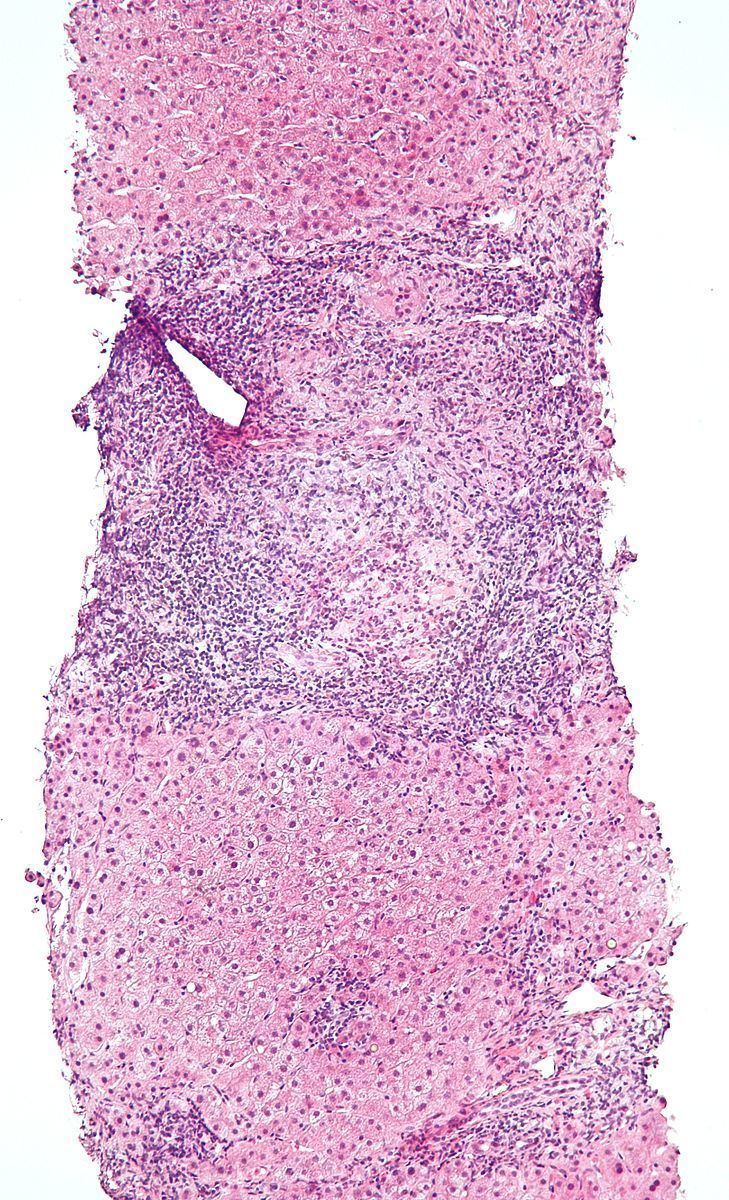 | ||
Intraepithelial lymphocytes (IEL) are lymphocytes found in the epithelial layer of mammalian mucosal linings, such as the gastrointestinal (GI) tract and reproductive tract. However, unlike other T cells, IELs do not need priming. Upon encountering antigens, they immediately release cytokines and cause killing of infected target cells. In the GI tract, they are components of gut-associated lymphoid tissue (GALT).
Pathology
An elevated IEL population, as determined by biopsy, typically indicates ongoing inflammation within the mucosa. In diseases such as celiac sprue, IEL elevation throughout the small intestine is one of many specific markers.
Alternatively, elevated IEL populations can be a marker for developing neoplasia in the tissue such as found in cervical and prostate cancers, as well as some colorectal cancers, particularly those associated with Lynch syndrome (hereditary non-polyposis colon cancer
